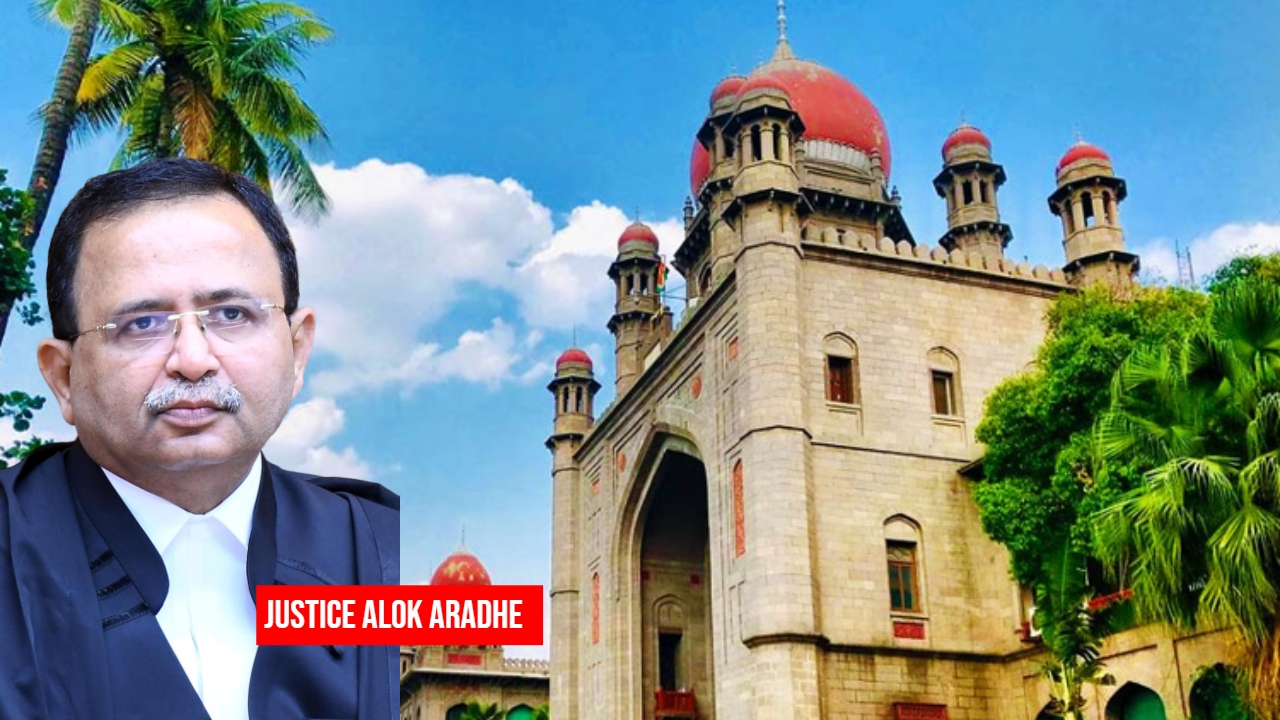Justice Alok Aradhe has taken oath as Chief Justice of Telangana High Court at a ceremonial programme held at Raj Bhavan in Hyderabad on 23rd July.
What’s in News?
Justice Alok Aradhe sworn in as Chief Justice of Telangana High Court on 23rd July by governor Tamilisai Soundararajan at an event held at Raj Bhavan in Hyderabad.
Justice Alok Aradhe succeeded Justice Ujjal Bhuyan, who was elevated as the judge of the Supreme Court.
Chief Minister K Chandrasekhar Rao, and some of his cabinet colleagues were present at the searing-in ceremony of Justice Alok Aradhe including K Kesava Rao and Nama Nageswara Rao. TPCC President A Revanth Reddy, public representatives, bureaucrats and other prominent members of the judiciary attended the event.
Justice Alok Aradhe:
Alok Aradhe, born on 13 April 1964, is an Indian Judge. He was born at Raipur, the then Madhya Pradesh. He has done B.Sc. and L.L.B.
Career:
Justice Alok Aradhe began his practice in Jabalpur from 1988, where he dealt with civil, constitutional, arbitration and company matters. He was appointed additional judge of the Madhya Pradesh High Court on December 2009. Later, he was appointed as permanent judge in February 2011. On November 17, 2018, Justice Aradhe transferred to Karnataka High Court. He has tenure as a high court judge until 2026. Find More Appointments Here




 Insurance Amendment Bill 2025: Cabinet A...
Insurance Amendment Bill 2025: Cabinet A...
 National Energy Conservation Day 2025: M...
National Energy Conservation Day 2025: M...
 International Day Against Colonialism in...
International Day Against Colonialism in...







